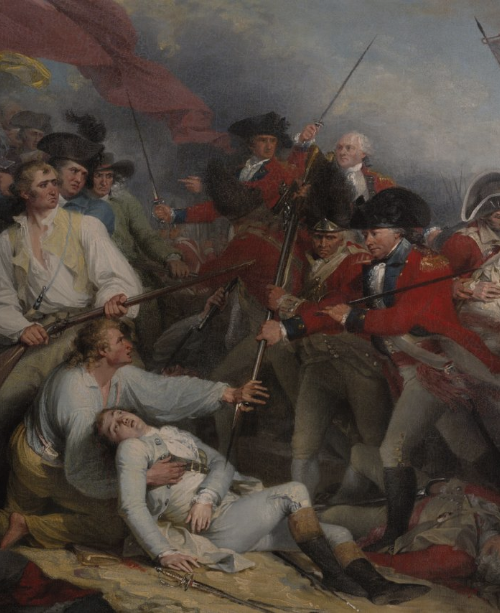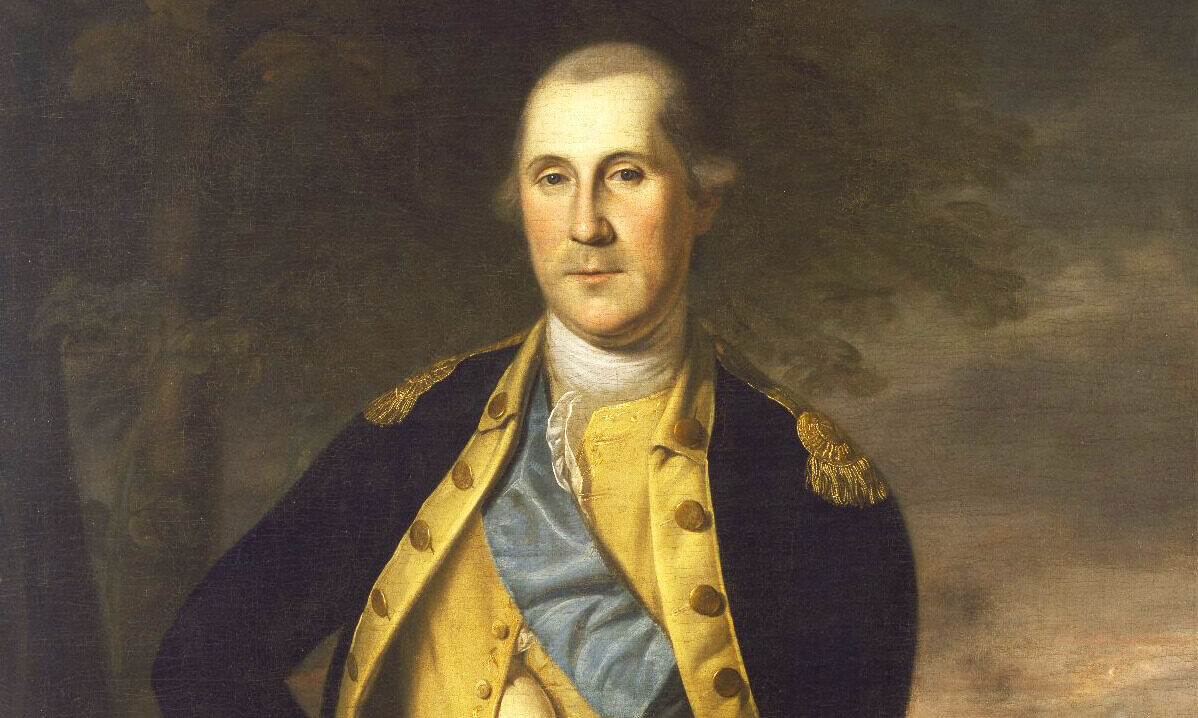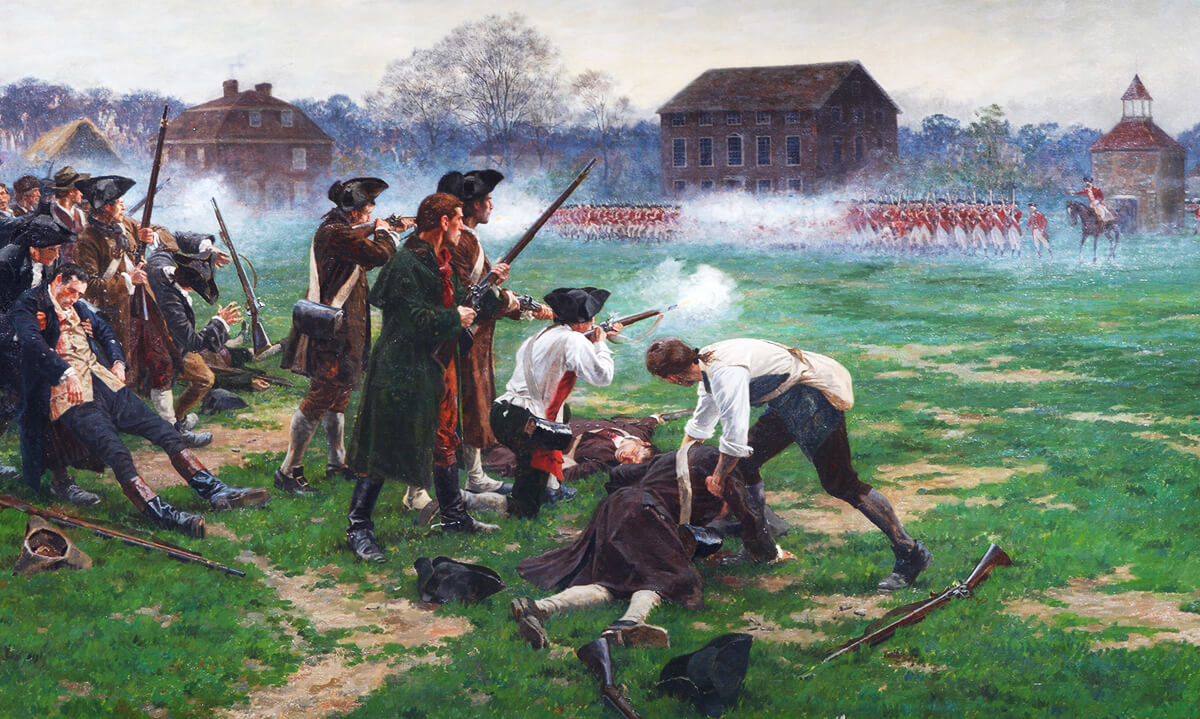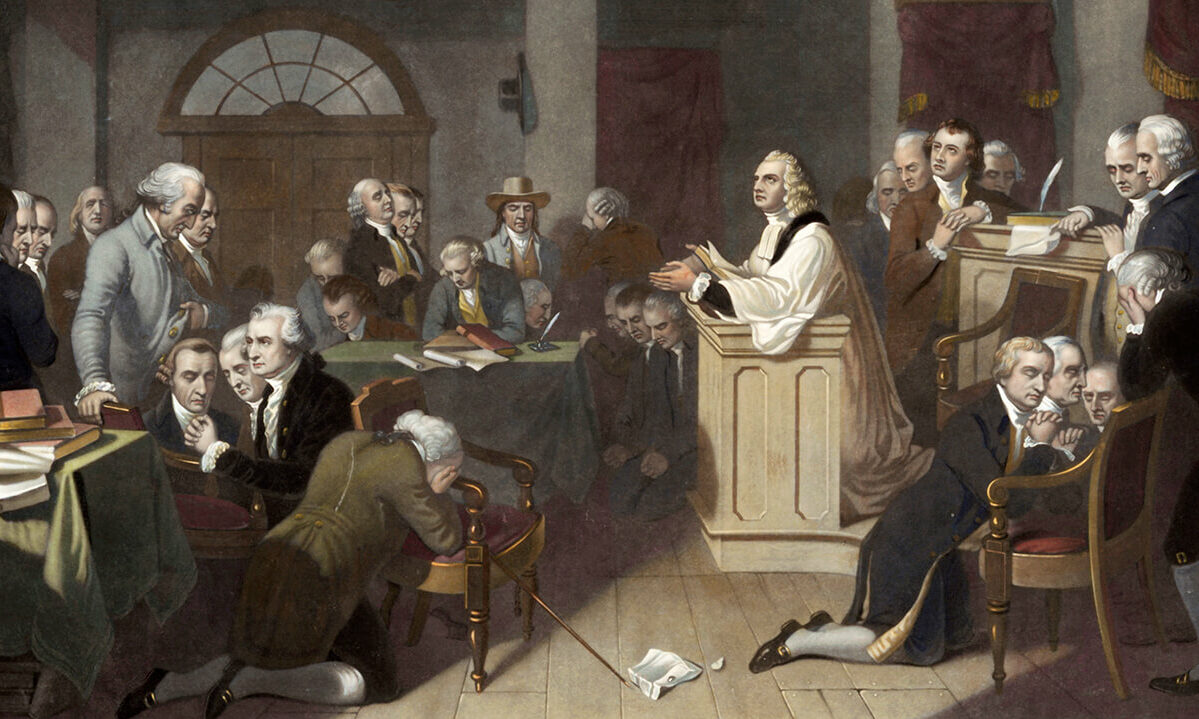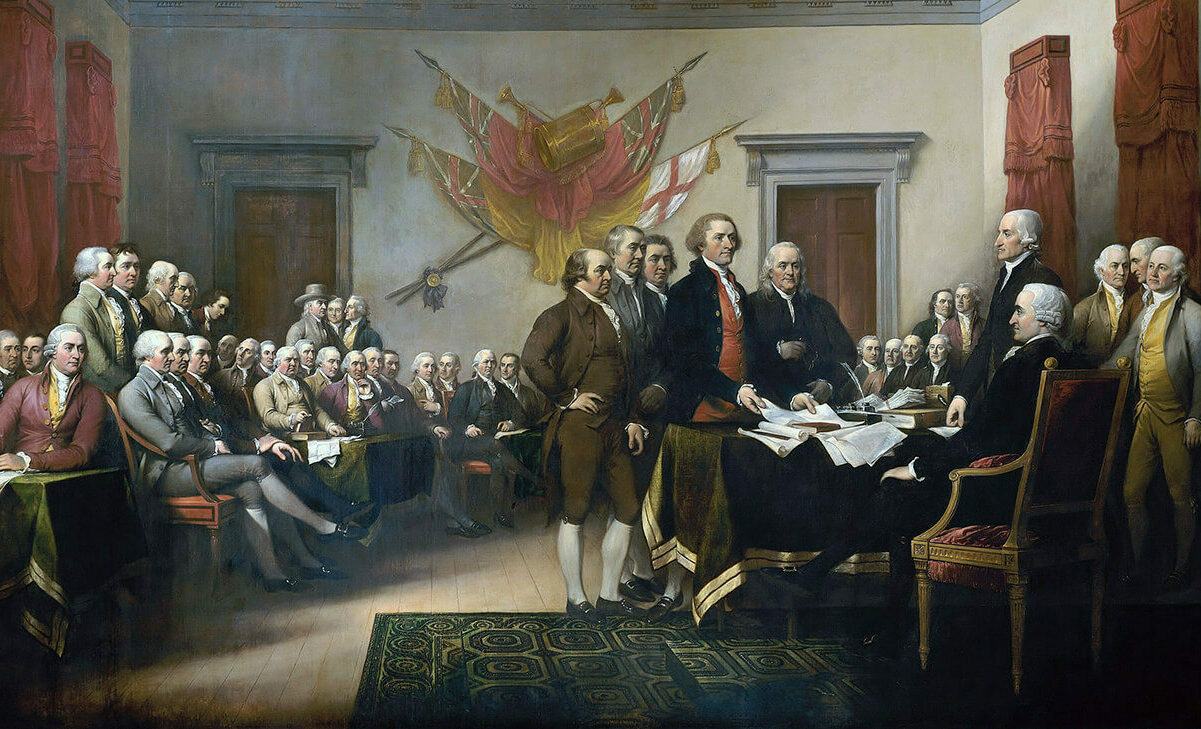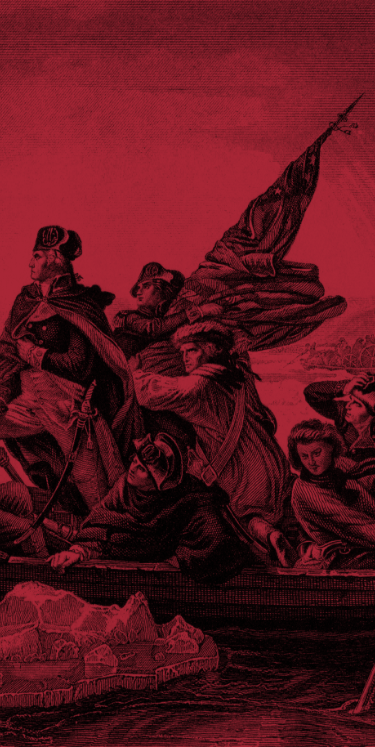When delving into historical research about individuals or events, it’s crucial to identify factors that might lead to an inaccurate portrayal. Two major concerns in this realm are revisionism and bias.
Definitions and Goals
Revisionism involves advocating for a reevaluation of established views, theories, or historical events.1 It often seeks to reshape how people perceive history to encourage acceptance of, or to justify, new policies. Bias refers to an inclination towards certain perspectives without logical reasoning; assumptions rooted in a worldview are another factor of bias.2 Modern works often use either or both of these factors, thus requiring careful consideration to avoid adopting an incorrect historical standpoint.
Revisionists achieve their goal of rewriting history by:
- Minimizing or overlooking aspects of American history they deem politically incorrect, while magnifying those they support.
- Criticizing historical figures who held opinions they reject.
- Crafting an illusion of widespread historical approval for the social policies they are attempting to promote.
Identifying Concerns
To identify signs of revisionism or bias in a text, pay attention to its tone, the documents referenced, and the featured individuals. For example, when assessing a book or article on American History, consider the following questions:
- Is exploration and colonization portrayed solely as driven by greed for land or wealth?
- Are proponents of religious and moral values depicted as harsh and unyielding?
- Do the depictions favorably portray other religions while degrading Christianity?
- Is a concept of traditional family ignored?
- Does the portrayal overshadow individuals, families, and communities, positioning the government as the sole solution to societal needs?
- Is there a consistent focus on victimhood, highlighting exploited groups rather than those who positively impacted their culture?
- Do the books present original historical documents? If so, are they extensively edited or do they offer contextual content?
- Who are the figures portrayed as heroes? Do they primarily express anger towards an unjust society or government? Are they exclusively modern and secular leaders?
By keeping these considerations in mind, you can better evaluate historical texts and discern potential issues in accuracy and perspective.3
Endnotes
1 “Revisionism,” The Free Dictionary.
2 “Bias,” Merriam-Webster.
3 For more information on this topic and examples of revisionism and bias, see these additional articles from WallBuilders: “Revisionism: How to Identify it in Your Children’s Textbooks;” “God: Missing in Action from American History;” “Confronting Civil War Revisionism: Why the South Went to War.”
To see additional articles about How to Research, check out the articles posted here, here, and here.
Still looking for answers? Visit our FAQ page
More Resources
Know the Truth and Protect Your Freedoms.
Still looking for answers? Visit our FAQ page
Stay Informed with the Latest Resources
Enter your email address to receive our regular newsletter, with important information and updates right in your inbox!


